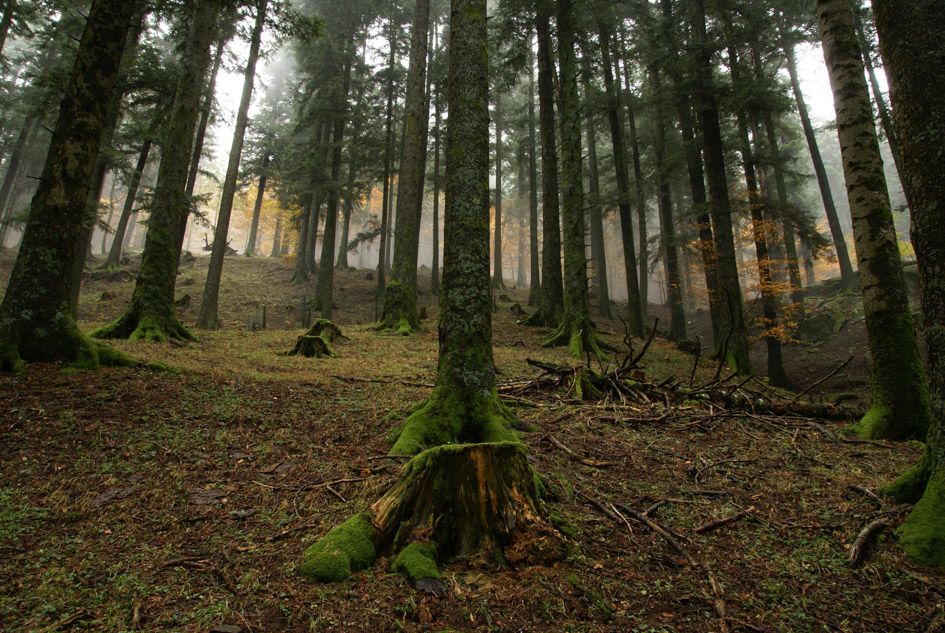Between Aspromonte, Pollino, and Gargano, additional beech forests join the site of Ancient Primeval Beech Forests
The UNESCO World Heritage Committee, held on July 28, 2021, in Fuzhou, China, added new areas to the transnational site of ‘Ancient Primeval Beech Forests of the Carpathians and Other Regions of Europe.’ In Italy, the new areas are: Valle Infernale in the Aspromonte National Park, the Pollinello area in the Pollino National Park, and the Pavari-Sfilzi area in the Umbra Forest of the Gargano National Park. Furthermore, the areas of Cozzo Ferriero (Pollino National Park) and Falascone (Gargano National Park) have been expanded.
So far, there are 13 Italian beech forests recognized by UNESCO: Valle Cervara, Selva Moricento, Coppo del Morto, Coppo del Principe, and Val Fondillo in the Abruzzo, Lazio, and Molise National Park; Cozzo Ferriero and Pollinello in the Pollino National Park; Falascone and Pavari-Sfilzi in the Umbra Forest of the Gargano National Park; Monte Cimino (Viterbo); Monte Raschio (Oriolo Romano, Viterbo); and Sasso Fratino in the Casentino Forests, Monte Falterona, and Campigna National Park, and Valle Infernale in the Aspromonte National Park.
The ancient beech forests recognized by UNESCO as World Heritage Sites are spread across 18 European countries, including Italy. These beech forests represent an exceptional example of complex forests that provide a wide range of ecological models in different environmental conditions. European beech has survived every glaciation of the last million years. Its history of expansion began 12,000 years ago, at the end of the last Ice Age when a thick layer of ice covered vast parts of Europe. Until then, beech forests had only survived in small areas of southern Europe. However, with rising temperatures and the melting of glaciers, beech began to spread from its refugia to the north. This recolonization process by a single tree species is still ongoing and is unique in the world.
